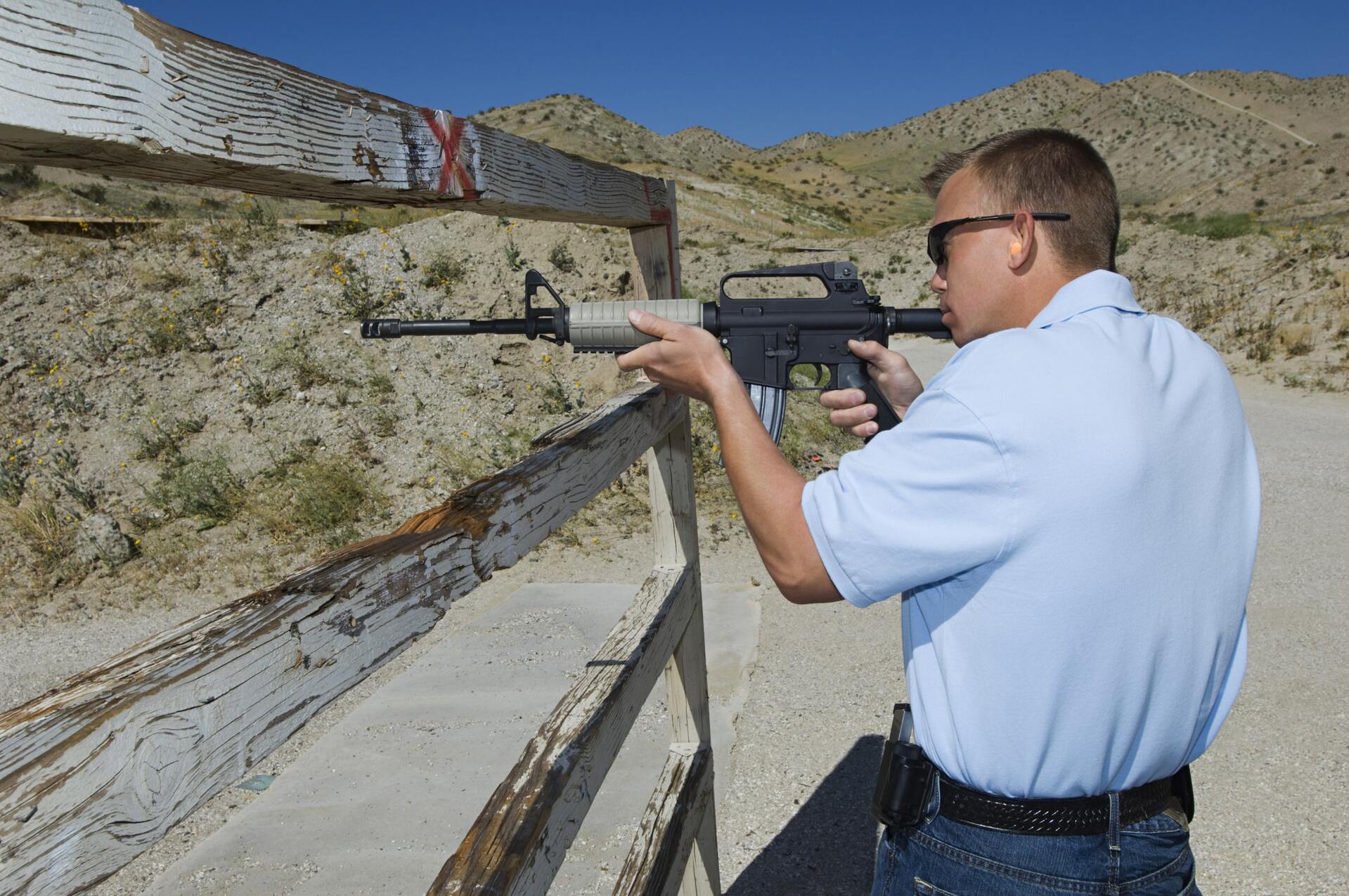Close-range gun fighting, also known as close-quarters combat (CQC), is a critical skill for individuals who rely on firearms for self-defense or professional purposes. In such scenarios, split-second decision-making, precise target acquisition, and efficient weapon handling are paramount. Developing expertise in close-range gun fighting demands rigorous training methods that replicate real-life situations while prioritizing safety and proficiency. In this blog post, we will explore effective training techniques to enhance your abilities in close-range gun fighting.
#1 Safety First:
Before delving into training methodologies, it is essential to stress the importance of safety. Training with firearms must always adhere to strict safety protocols. Ensure that you receive proper instruction and guidance from qualified professionals or instructors. Familiarize yourself with the Four Basic Firearm Safety Rules: always treat every firearm as if it is loaded, never point your weapon at anything you do not intend to shoot, keep your finger off the trigger until ready to fire, and be aware of your target and what is beyond it.
#2 Target Discrimination and Threat Recognition:
Effective close-range gun fighting necessitates the ability to quickly and accurately identify threats and differentiate them from innocent bystanders. Training should include drills that enhance target discrimination and threat recognition skills. Simulated scenarios with varying target layouts, light conditions, and potential distractions can help sharpen your situational awareness and decision-making abilities.
#3 Dynamic Shooting Drills:
Close-quarters combat demands rapid and precise shooting techniques. Incorporate dynamic shooting drills that replicate real-world scenarios. These drills may involve engaging multiple targets, transitioning between targets, shooting on the move, and employing effective use of cover and concealment. Such training promotes muscle memory, reflexes, and the ability to engage threats effectively in dynamic environments.
#4 Force-on-Force Training:
To simulate realistic close-range encounters, force-on-force training utilizing non-lethal training ammunition or simunition can be highly beneficial. These training tools allow you to engage in scenarios against role players, replicating high-stress situations while experiencing the consequences of your decisions. Force-on-force training provides valuable feedback, helping you assess your performance, identify weaknesses, and refine your techniques.
#5 Low-Light Training:
Close-quarters confrontations can occur in low-light or no-light conditions, making it crucial to train in such environments. Low-light shooting drills, using flashlights or weapon-mounted lights, enhance your ability to acquire targets, manage illumination, and make accurate decisions under limited visibility. Focus on techniques like the Harries, Modified FBI, or SureFire methods to effectively use a light source in conjunction with your firearm.
#6 Scenario-Based Training:
Realistic scenario-based training scenarios serve as an excellent platform to apply and integrate the skills developed through other training methods. Utilize a controlled environment or professional training facility to create scenarios that replicate potential close-range gun fighting encounters. These scenarios can involve home defense situations, active shooter scenarios, or simulated law enforcement engagements. Scenario-based training exposes you to the stress, decision-making, and physical demands of real-life encounters, preparing you for high-pressure situations.
Training for close-range gun fighting requires a comprehensive and disciplined approach. The methods discussed in this blog post offer valuable insights into enhancing your skills, developing muscle memory, and refining your decision-making abilities in high-stress situations. Remember, safety is paramount throughout the training process, and seeking guidance from experienced instructors is essential. With consistent practice and a commitment to continuous improvement, you can master the art of close-range gun fighting and increase your chances of survival in life-threatening situations.

